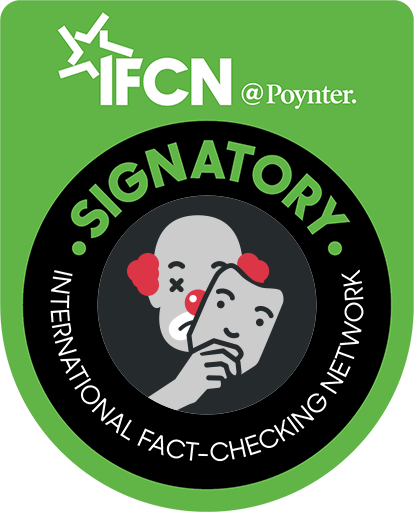Fake news went viral once again on social media. This time it is a warning about a narcotic known as “ecstasy”, which has been distributed in our language more than 70,000 times.

In our language, this warning first appeared on the private Facebook profile of “Fidel Kasipovic” on February 20 of this year, and at the time of publication of this analysis, it had over 57,000 shares:
If something like this is offered to your children, tell them not to take these “candies”, that is ecstasy, a very strong synthetic drug. Share on, maybe we can save someone.
A day later, the same photo was published on the pages “Srpska cast” and “Glas naroda”:
The photo appeared on the private profile of someone named Vladimir Grujic and on the page “Tuzla”, on April 27:
With an impressive total count of 70,000 shares, these posts on social networks inspired articles on some websites.
“Herzegovina info” published an article entitled “A worrying photo is circulating on the Internet” on February 23 at 11:44 AM. A few hours later, the same article was published by the website “Crna hronika”, and then by “Vasa stranica”. All articles consist of a photo and text that we have already seen on social networks, and just one additional sentence:
Be it true or not, make sure to keep an eye on your children and warn them not to take candy from strangers.
What is ecstasy?
MDMA or ecstasy is a semi-synthetic psychoactive drug, considered a “recreational drug” and is most commonly associated with nightclubs and entertainment with electronic music. Precisely because of its “party” reputation, it is often produced in the form of colorful tablets in various shapes. The fact that some of these “packages” resemble candies and sweets intended for children has nothing to do with the intention to “trick” or “offer them to children”. Ecstasy is an illegal substance and, like other illicit narcotics, is bought and sold on the illegal market. The very idea that “dealers” would simply give out a relatively expensive illegal product to young children is pretty pointless.
Like many similar viral fake news, this one originated in English and was only taken over and translated by “domestic” Facebook users. One of the English-language posts has over four million shares.
But what is this all really about?
Is someone really giving out ecstasy as candy to children as it says on the warnings?
By searching the photo through the “Tin eye” platform, we found that it has been circulating on the Internet since 2016 when it was first published on the “MDMA team” page, where ecstasy users share photos and experiences of using ecstasy. Therefore, it is not a picture of seized narcotics that someone used to try and trick children into thinking it’s candy, but a photo posted by (adult) users of these narcotics.
On March 7, 2017, the British tabloid The Sun used this photo to illustrate an article about teenage girls who were hospitalized after using ecstasy in the shape of a little bear. The article states that it is a “stock picture” or illustration, meaning that the photo does not show the narcotics found in hospitalized thirteen-year-old girls. Sky News and the BBC also reported on the same event but with different photos in the articles. None of these articles state that the pills were “planted” on the girls as candies, while the statement of the police inspector shows that at the time of publication of these reports, it was not known what exactly was the content of the pills that made the girls sick.
After the Sun published it as an illustration in the article mentioned above, the photo started circulating on social media to warn that “children are being offered ecstasy pills in the shape of a little bear”.
The fact-checking website Snopes wrote about similar “warnings” in 2015.
In September 2015, a Facebook post with similar content also presented a photo from the “MDMA team” website as an attempt to plant drugs in children on “Halloween”.
A custom called “Trick or treat”, which is especially popular in the United States, means that costumed groups of children visit houses in their neighborhood and receive sweets as a gift on Halloween.
According to “Snopes”, the story of ecstasy in gifted candy is just a new version of old urban legends about the poison in the holiday bags that children carry with them when they go to get their presents:
The “ecstasy in Halloween candy” warning appeared to be a variant of age-old rumors about poison (and other dangerous substances) being randomly handed out to children in trick-or-treat loot, a persistent but largely baseless fear that’s dogged Halloween celebrations for decades. Despite long-held beliefs that Halloween candy tampering is commonplace, reports of actual attempts to do so are virtually non-existent (or based on half-truths).
So, the photos scaring parents these days on Facebook have been completely taken out of context, and a fictional story originating in the UK and the US was added to accompany them, and then translated and shown as a threat present in the countries of former Yugoslavia. The photos used for this fictional story come from a page that is very clearly profiled as a place to share experiences of drug use, and there is no evidence, or even any indication, that any of these pills were presented as child candy, or that someone tried to “offer it to the children”, as stated in numerous Facebook warnings.
Articles that were created from these completely unfounded posts from social networks are therefore rated as fake news.
(Author: Emir Zulejhić, Raskrinkavanje.ba)
